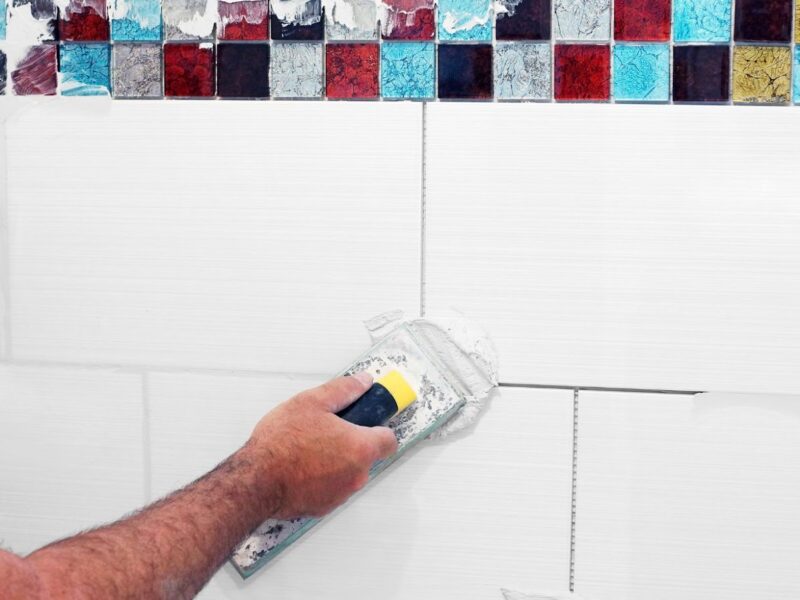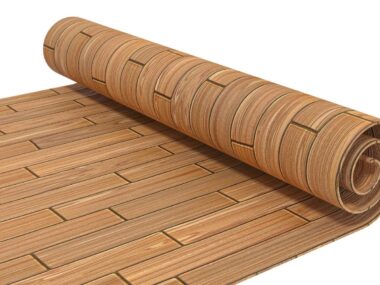- Sweep or vacuum your tile floors regularly to prevent dirt and debris from building up and making it more difficult to clean.
- When mopping, use a gentle, pH-neutral cleaner and avoid harsh scrubbing, which can damage the tile or grout.
- Periodically check for cracked tiles or loose grout and repair as necessary.
- In high-traffic areas, you may want to seal the grout to help prevent stains.
- Don’t use wax or oil-based cleaners on tile floors, as they can leave a residue that makes it more difficult to clean in the future.
- If your tile floors get stained, move quickly to clean them up. The longer a stain sits, the more difficult it will be to remove.
- When cleaning tile floors, always work from the farthest corner of the room towards the door to avoid leaving dirty footprints behind. 8. Regularly check your floor for signs of wear and tear, such as chips or cracks, and repair as necessary. This will help to prevent further damage and extend the life of your tile floors.
How to seal grout on tile floor
Most homeowners only think about sealing their grout when it’s time for a deep clean. However, sealing your grout is an important part of keeping your tile floors looking like new. Sealing the grout will help to prevent stains and make it easier to clean.
To seal the grout on your tile floor, start by cleaning the floor and allowing it to dry completely. Next, apply a grout sealer with a brush or roller, working in small sections until the entire floor is covered. Allow the sealer to dry for the recommended amount of time before using the floor.
Sealing grout with a colorant – pros and cons
Adding a colorant to your grout sealer can help to give your tile floors a new look. However, there are some things to consider before doing this.
One advantage of adding a colorant to your grout sealer is that it can help to hide stains and imperfections. This can be a great option if your tile floors are starting to show their age.
However, one downside of adding a colorant is that it can be difficult to change the color if you decide you don’t like it. Another thing to keep in mind is that some colorants can eventually fade with time and exposure to sunlight. If you’re considering adding a colorant to your grout sealer, be sure to do your research to find one that will work well for your needs.
How often should you seal your grout, and what are the telltale signs that it needs sealing again
The frequency with which you need to seal your grout depends on a few factors, such as the type of tile you have and the amount of traffic your floor gets. However, in general, it’s a good idea to seal your grout every 12 to 18 months.
You’ll know it’s time to reseal your grout when it starts to look dull or faded. You may also notice that dirt and debris are more difficult to remove, even after mopping. If you see any of these signs, it’s time to break out the sealer and give your grout a fresh coat.






